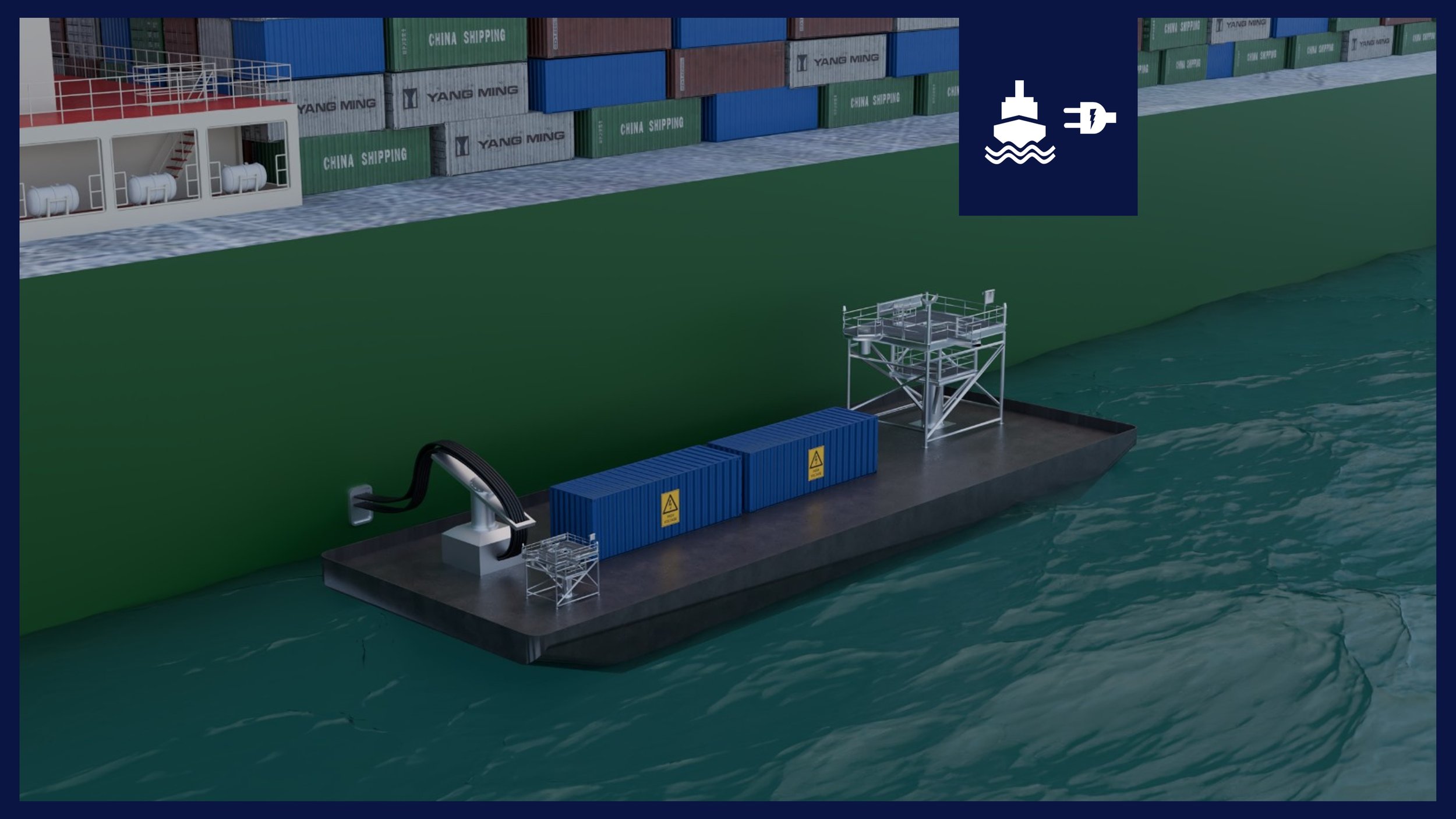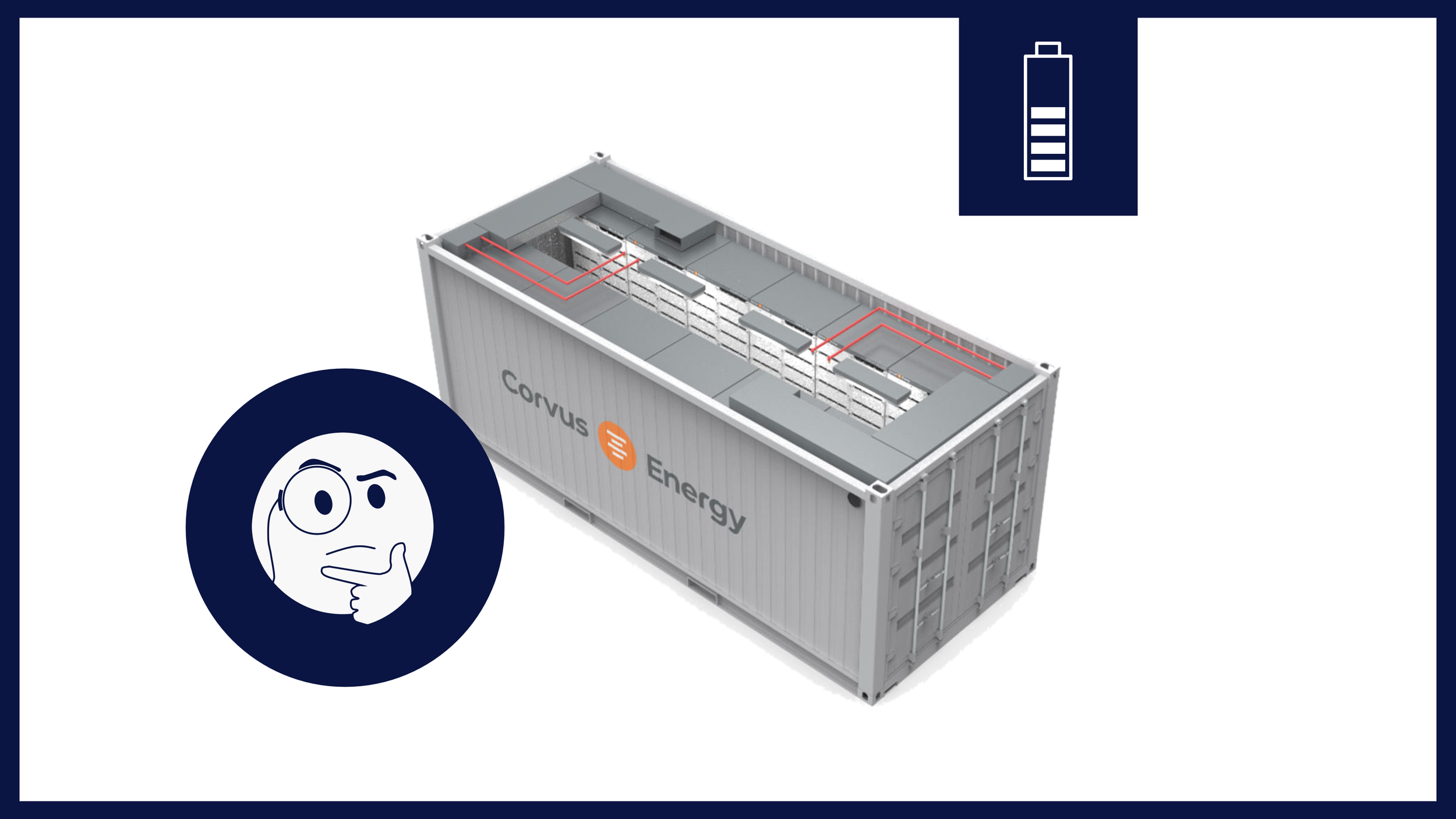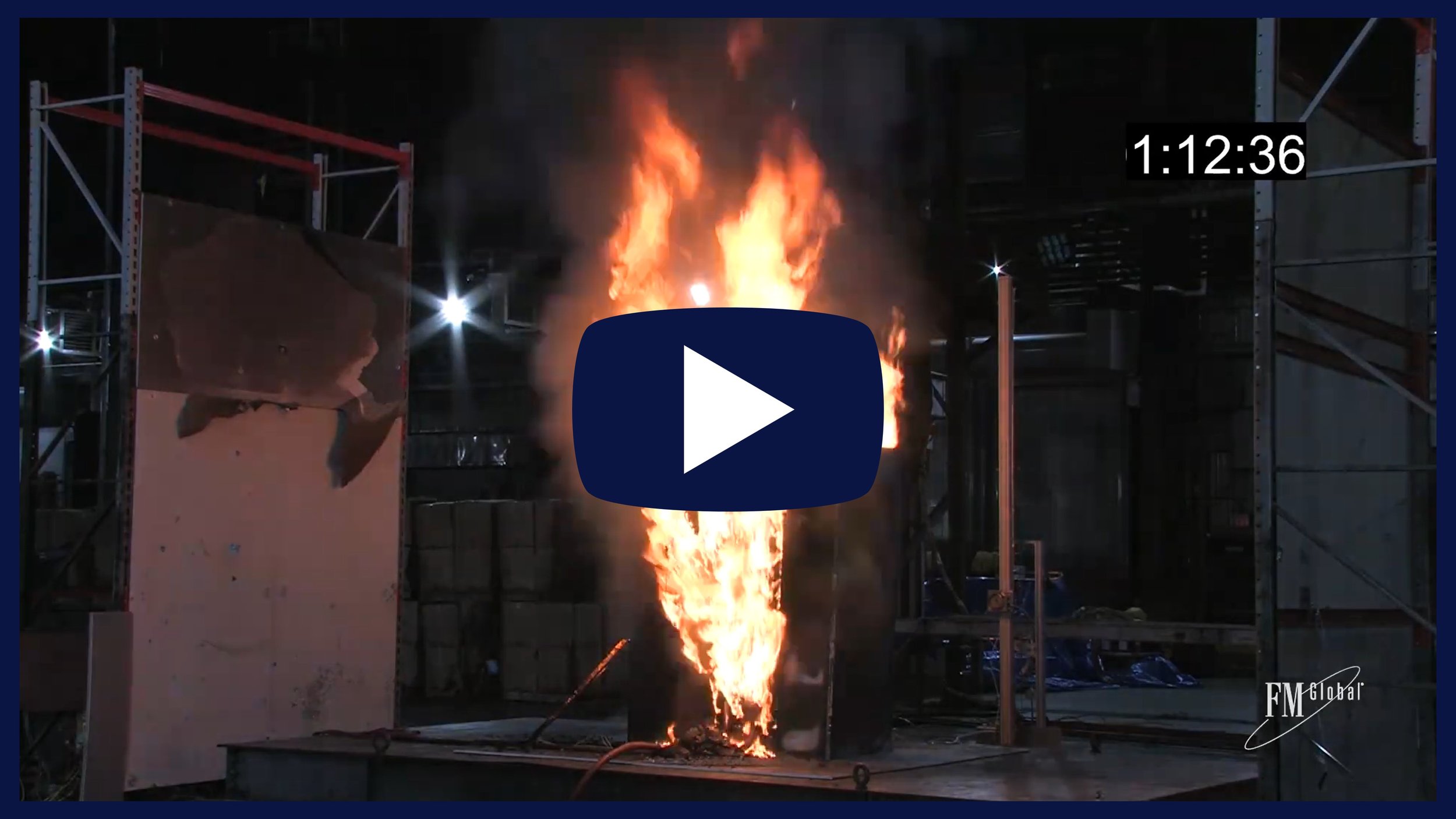Case studies
Illustrative examples on decarbonization measures, costs and regulations
Business case for an offshore construction vessel with a shore power battery
This case study evaluates a mobile shore power battery barge designed for an offshore construction vessel in the Port of Rotterdam. An average power demand of 2.4 MW and a peak demand of 5 MW is assumed. This results in the requirement of twelve 20-ft containerized batteries integrated into a High Voltage Shore Connection (HVSC) system. Total costs of the power barge are estimated at $9.5M with a yearly revenue of approx. $2.5M.
Business case for a Feedermax containership with a shore power battery
This case study evaluates a mobile shore power battery barge designed for a 1,730 TEU containership in the Port of Rotterdam. An average power demand of 329 kW and a peak demand of 1 MW is assumed. This results in the requirement of two 20-ft containerized batteries integrated into a Low Voltage Shore Connection (LVSC) system. Estimated savings for the ship reach €500 per 24-hour period, primarily due to reduced FuelEU compliance costs, which could exceed €600,000 over 10 years.
How to decarbonize your ship - battery hybrid + varying engine load
This case study also examines a general cargo ship with an auxiliary engine of 116 kW that is outfitted with a battery to make it a ‘battery hybrid’ while at berth. Again the battery pack powers the ship for several hours while idling or moored and is recharged using the auxiliary engines. This time however, engine load is varied in different loading scenarios to determine the impact of different operational profiles on the business case.
How to decarbonize your ship - general cargo ship with battery hybrid
This case study examines a general cargo ship with an auxiliary engine of 116 kW that is outfitted with a battery to make it a ‘battery hybrid’ while at berth. The battery pack powers the ship for several hours while idling or moored and is recharged using the auxiliary engines. Cost savings generally occur with an average engine load below 50%, but are mostly dependent on engine maintenance costs, spares and consumables as well as total battery pack costs.
Overview of Shore Power Sockets and Plugs - IEC/IEEE 80005
IEC/IEEE 80005 is the main standard for shore power. This standard categorically divides shore power plugs and sockets into low voltage shore connection systems (LVSC < 1 MVA) and high voltage shore connection systems (HVSC > 1 MVA). LVSC systems are governed by IEC/IEEE 80005-3 for operability and IEC 60309-5 for dimensions. HVSC systems are governed by IEC/IEEE 80005-1 for operability and IEC 62613-2 for dimensions.
Mobilyze Renewable Energy Units (HBEs) with Robert Gunsing
Renewable Energy Units - Hernieuwbare Brandstof Eenheden - are a Dutch system of certificates based on the EU Renewable Energy Directive (RED). Under the system, parties that produce liquid fossil fuels for transport have an obligation from the government to purchase REUs. Per year, €1 billion REUs are traded in the Netherlands. You can earn between 4.5 and 18 eurocents per kWh ‘sold’ to a vessel, for example when using shore power.
How to decarbonize your ship - Inland Waterways + Shore Battery
This is a case study on the ‘Skoon Skipper’, a general cargo large Rhine vessel, with an average of 40 [kW] power demand while moored to which a shore battery is applied. Batteries can help you comply with shore power regulations where no infrastructure exists with limited to no CAPEX investments. CAPEX is €0 for this case study as the battery pack is rented at an estimated €400 dayrate. Purchase cost for battery pack are approx. €350.000. This case study is powered by our preferred partner Skoon.
Inside a Battery Container
The Corvus BOB (Battery On Board) is a standardized, class-approved, modular battery room solution available in 10-foot and 20-foot ISO high-cube container sizes. The complete system comes with battery, monitoring system, HVAC , TR exhaust, plus firefighting and detection system. The plug and play battery room simplifies integration into any system integrator’s power management system on board a ship. The battery cells have passive thermal runaway protection, and are type-approved according to DNV.
Shore-Link with Levan Chikviladze
Ports are the start and end of every vessel’s journey. Because of this, onshore power supply undeniably plays a big part of the decarbonization of the maritime industry. Creating a network of onshore power supply in ports around the world is a tremendous but necessary task. One of the companies providing the technology for this transition is ShoreLink. Watch this lunch and learn by Shorelink, presented by Levan Chikviladze, to learn more.
Overview of Shore Power Sockets and Plugs - 1
This blog provides an overview of (European/Dutch) shore power sockets and plugs. They are categorized into three groups, depending on a ship’s installed power: below 100 kW, below 2.000 kW and above 2.000 kW. Especially below 100 kW, there is great diversification of plugs which would merit the creation of a ‘universal adapter’ for ships. Share your experience to help other shipowners.
Battery for inland vessels
In February 2022, Skoon placed a battery system on Noordereiland for the Port of Rotterdam to boost shore power for stationary inland vessels. Addressing power shortfalls, the battery supported shore power cabinets, successfully delivering up to 63A without tripping fuses, benefiting both vessels and residents. This solution also enabled supplying power to larger ships, aligning with sustainability goals and showcasing potential expansion across the city center.
Tesla’s Battery Day from a Maritime Perspective
Using Tesla’s announcements of Battery Day, DNV expects the cost of batteries to be reduced by 56% (measured in $/kWh) by 2025. Worldwide, DNV predicts that passenger electric vehicles are likely to start outselling their internal combustion engine counterparts from 2032 onwards. In North America, Europe and China this will take place well before 2030. Tesla’s success could spill over from land-based vehicles into adjacent transport sectors. On the assumption of success on all fronts, Tesla will achieve the critical battery density for short range electric airplanes – namely 400 Wh/kg with high cycle life.
What are Solid-State Lithium-Metal Batteries?
Solid-state lithium batteries do not have a traditional anode, but one made up of pure lithium when charged.
LFP Battery Fire Hazard by FM Global
This video shows the potential fire hazard of an 83 kWh Energy Storage System comprised of Lithium Iron Phosphate batteries. The ESS had an overall electrical capacity of 83 kWh and ≥ 95% state-of-charge. No protection systems were active. Three heaters plus a propane pilot flame were installed to ensure vent gas ignition (!). The results from this test may not be representative of other LFP based systems.














